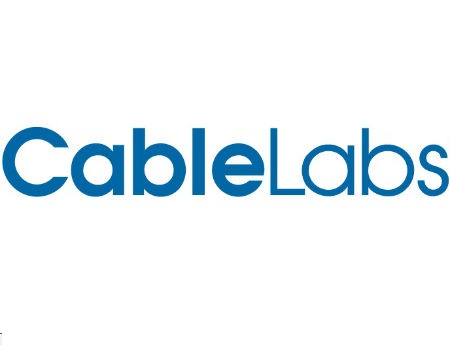CableLabs: Test Time For DOCSIS 3.1 Approaching

DENVER – SCTE Cable-Tec Expo -- CableLabs is making progress on test plans and equipment “plugfests” for DOCSIS 3.1 that will lead the way to official product certifications and qualification testing in the first half of 2015.
CableLabs is developing DOCSIS 3.1 test plans now, with the first plugfests and interoperability tests slated for this December, Belal Hamzeh, the director of network technologies’ at CableLabs, said Monday during a pre-show Symposium dedicated to DOCSIS 3.1 and WiFi developments.
Hamzeh said official certification and qualification against the DOCSIS 3.1 specs could start as early as the second quarter of 2015. “So far we are on target and the vendors are moving ahead…with products,” Hamzeh said.
The speed of that product development is only being matched by the speeds that DOCSIS 3.1 is designed to support – up to 10 Gigabits per second downstream and at least 1 Gbps in the upstream.
“There hasn’t been any DOCSIS spec that was conceived and developed so fast…as DOCSIS 3.1,” Jorge Salinger, Comcast’s vice president, access architecture, said, noting that the time it will take to get DOCSIS 3.1 initially deployed is poised to take less time than it took to write the specs.
Although products are currently in development, Salinger made the point that most of the work around DOCSIS 3.1 is mostly done, noting that at least three chipmakers – Broadcom, Intel and STMicroelectronics– are building D3.1 silicon. But like it was with DOCSIS 3.0, the emerging platform will see products for the downstream develop faster than the upstream side.
He also expects there to be a small cost delta between DOCSIS 3.0 modems and DOCSIS 3.1 modems, which will be hybrids that can support both DOCSIS 3.0 and DOCSIS 3.1 spectrum to ensure backwards compatibility.
The smarter way to stay on top of the multichannel video marketplace. Sign up below.
“It will be a long time before we don’t have any DOCSIS 3.0 modems in the network,” Salinger said, estimating that about half of Comcast’s deployed modems are DOCSIS 3.0, and the other half are DOCSIS 2.0.
That hybrid approach will allow cable operators to seed the market with D3.1-capable modems before they activate DOCSIS 3.1 spectrum, which will be more efficient (up to 50%) thanks to the introduction of orthogonal frequency-division multiplexing (OFDM) modulation and a new forward error correction technique called low-density parity-check (LDPC).
“It’s a very smooth transition approach,” Salinger said.
More coverage of this panel will be featured in the Multichannel News SCTE Cable-Tec Expo daily distributed here at the show. Please visit our Cable-Tec Expo micro-site for more news and announcements from this week’s show.
